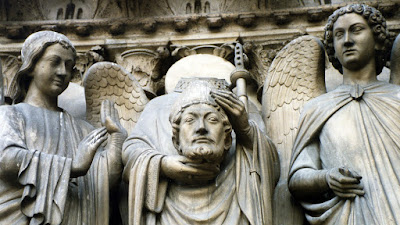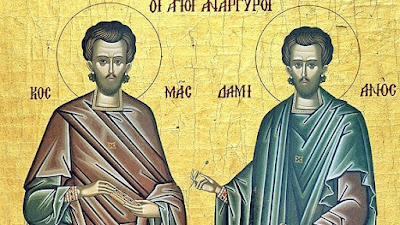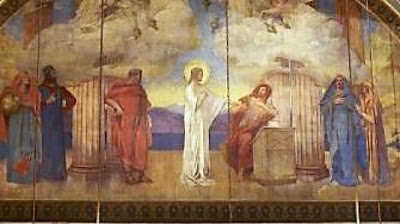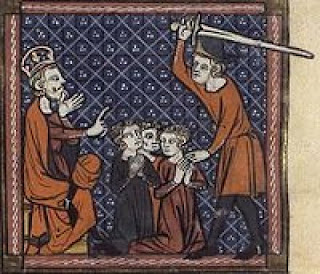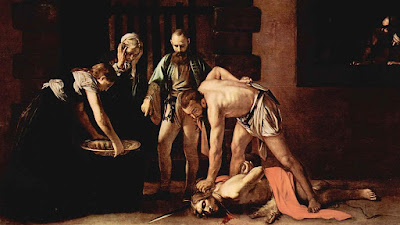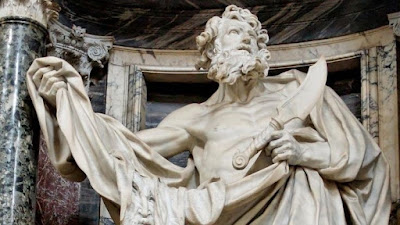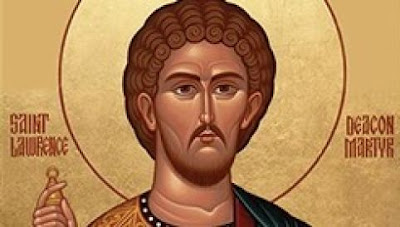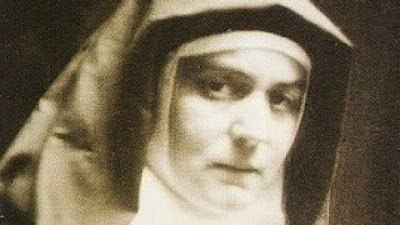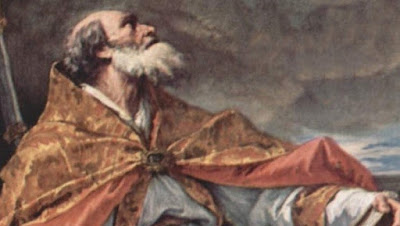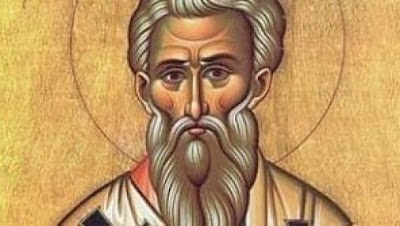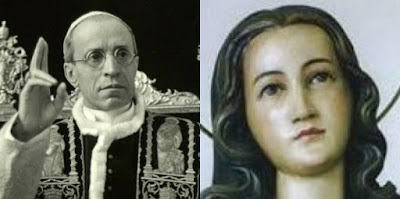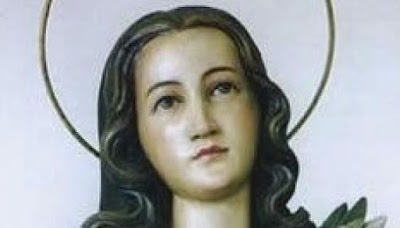Saint Callistus I, Pope and Martyr
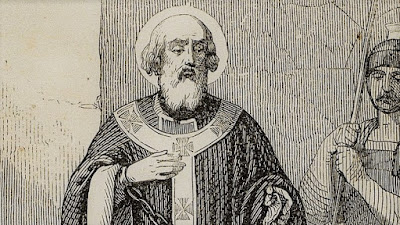
Optional Memorial - October 14th Saint Callistus I or Callixtus I, the 3rd century pontiff and martyr, ruled as Pope from 217 to c. 222, during the reigns of the Roman Emperors Elagabalus and Alexander Severus. He affirmed that by the sacrament of reconciliation, penitent sinners may be welcomed back fully into the Church. Born into slavery, in the Trastevere suburb of Rome, his Christian mother instilled in Callistus the Faith. Few saints have experienced such a serendipitous pathway to personal sanctity. Hippolytus of Rome relates that Callistus’ master put him in charge of the alms collected for the care of widows and orphans. After losing those funds, Callistus fled. but was captured. His master forgave him, and at the request of the creditors, Callistus was released. Attempting to recover the lost money, Callistus was arrested for disturbing the rites of a synagogue when he tried to collect from some Jews in his debt. Other accounts contend that upon being forgiven. he ov
